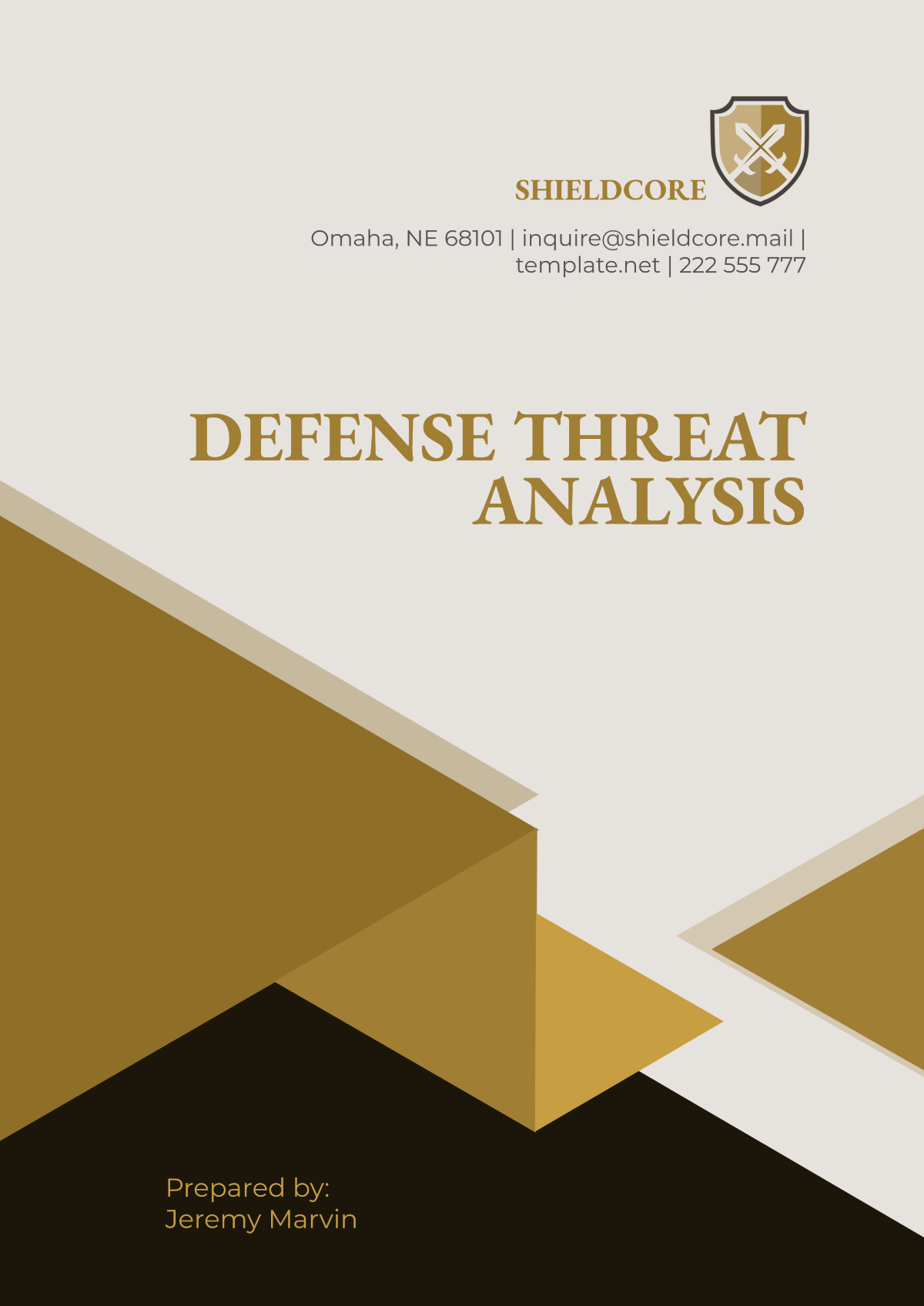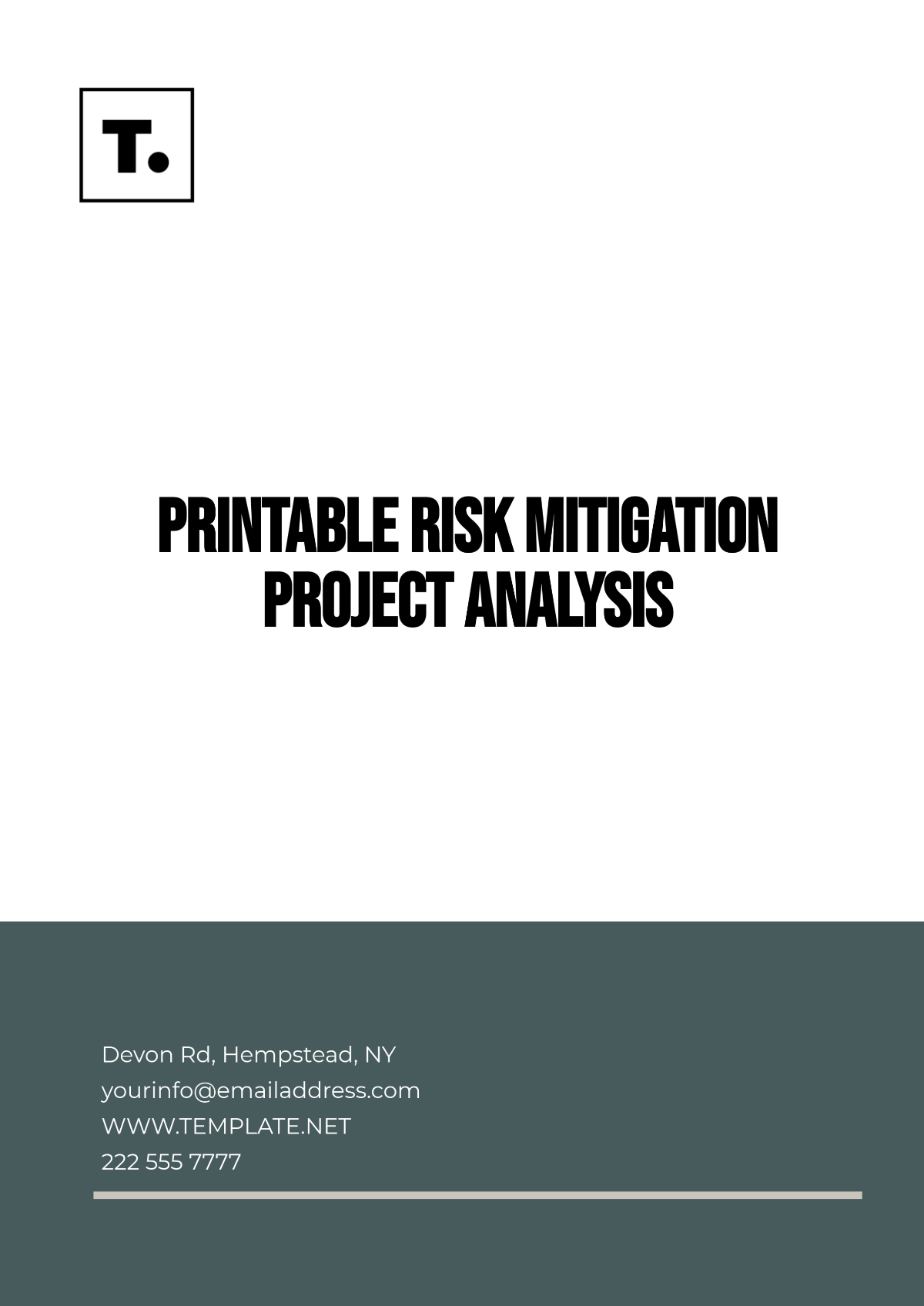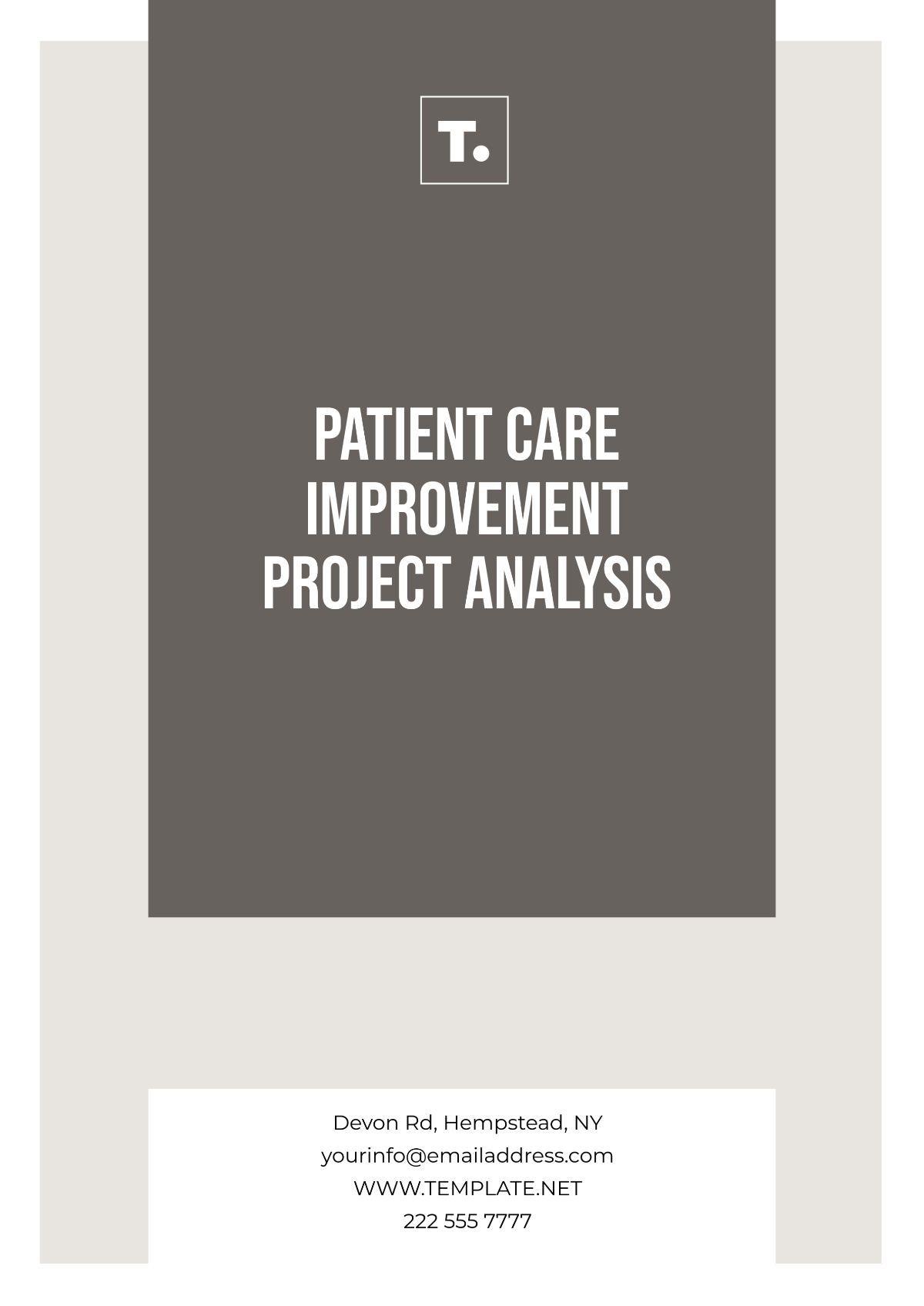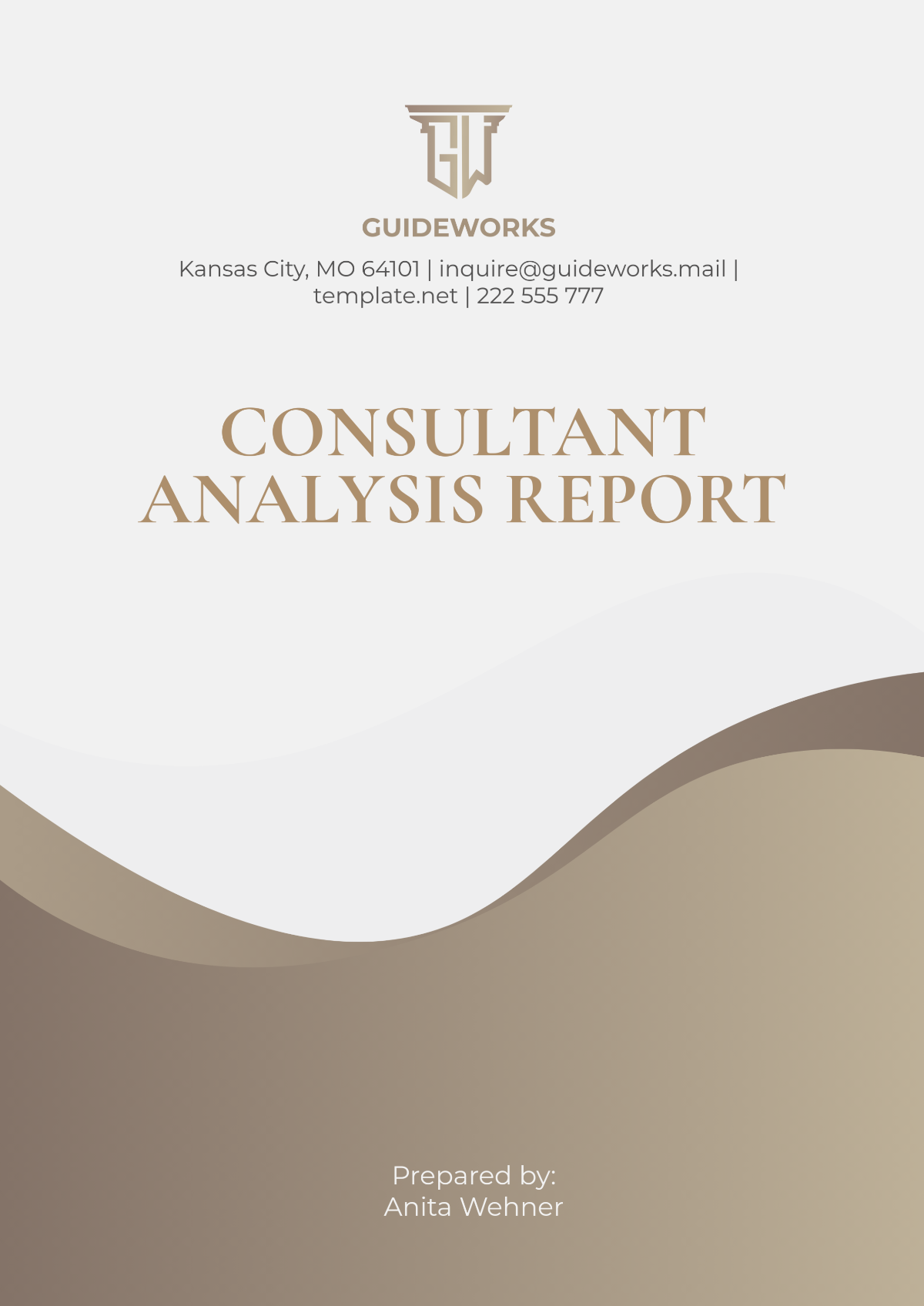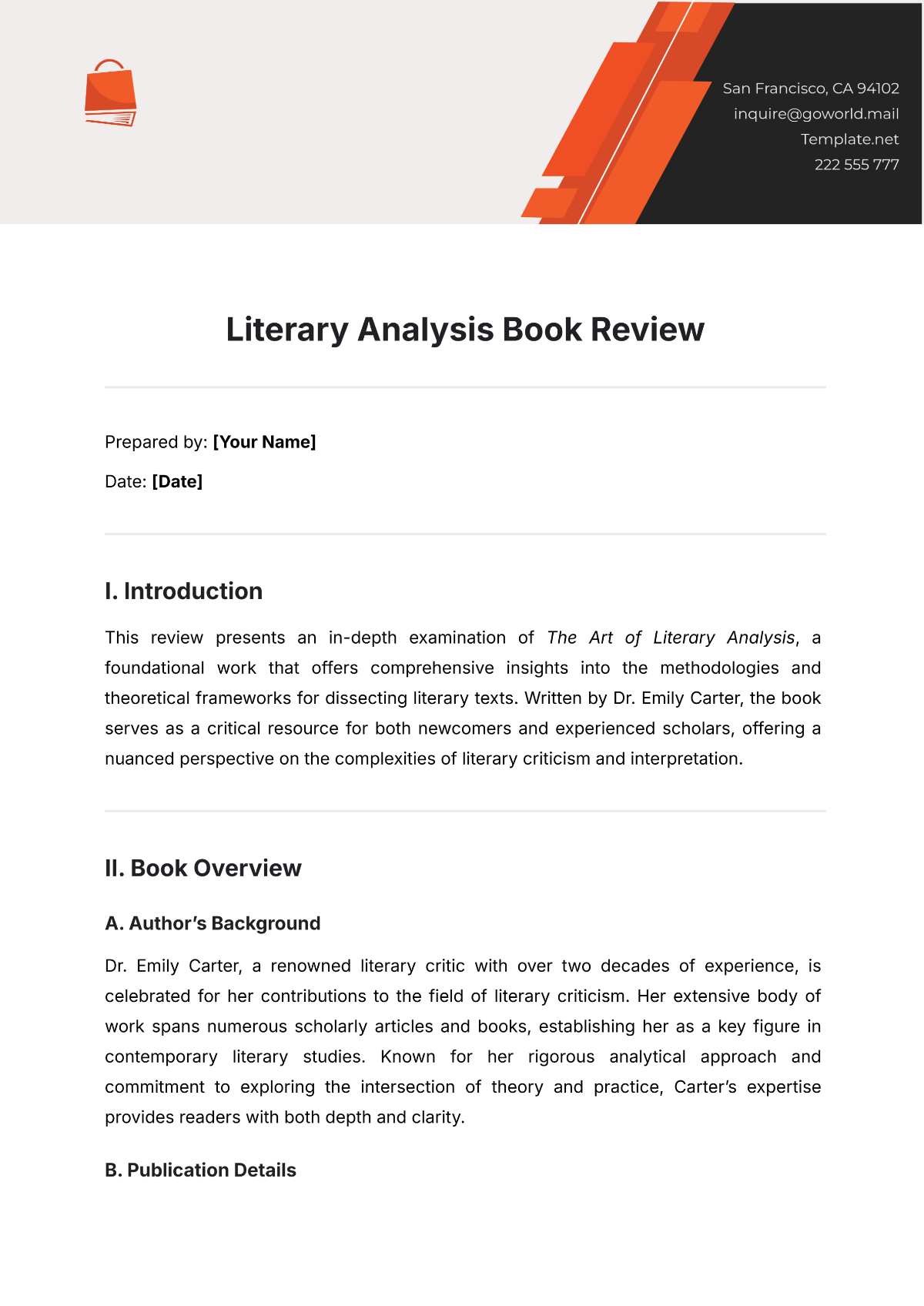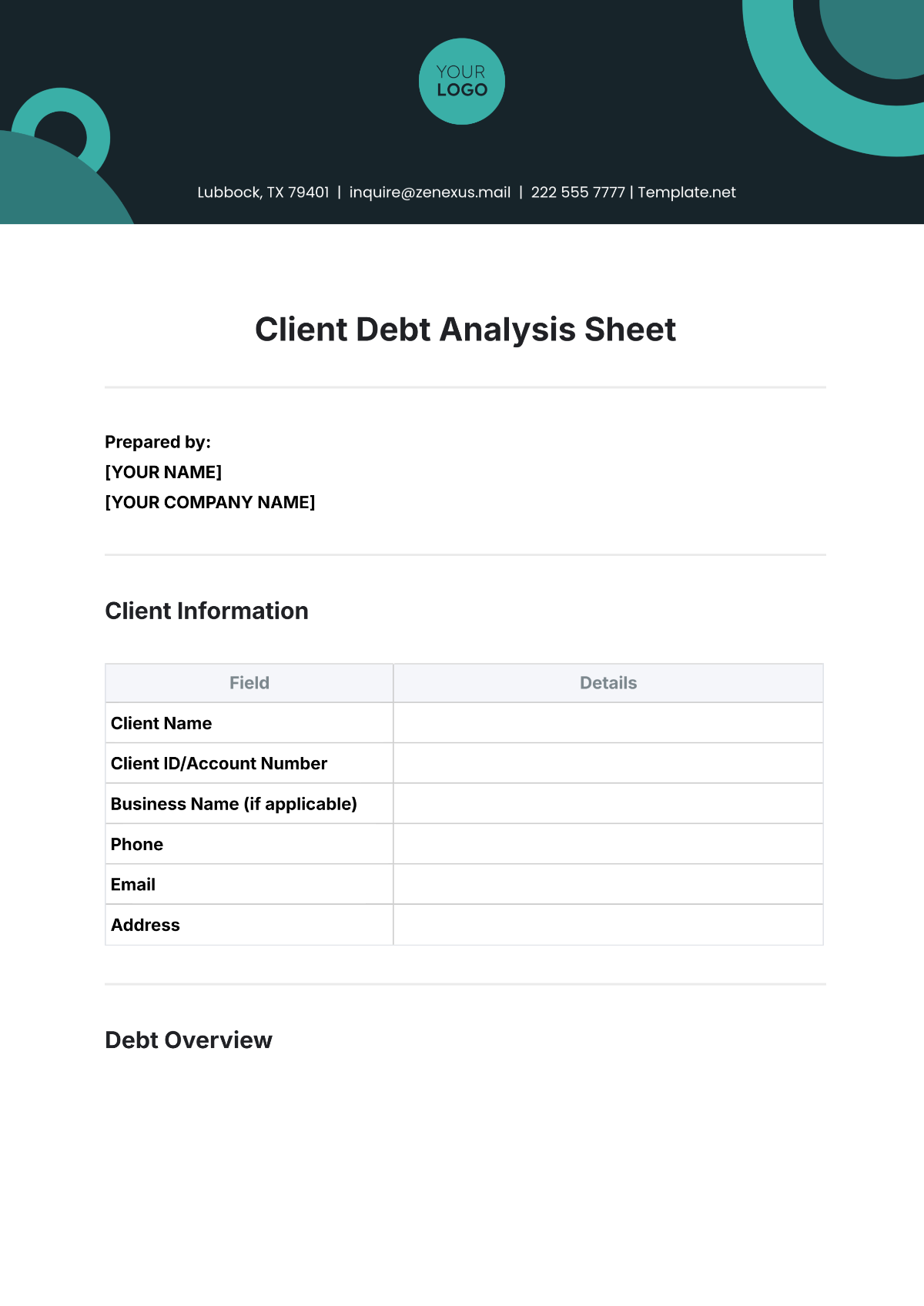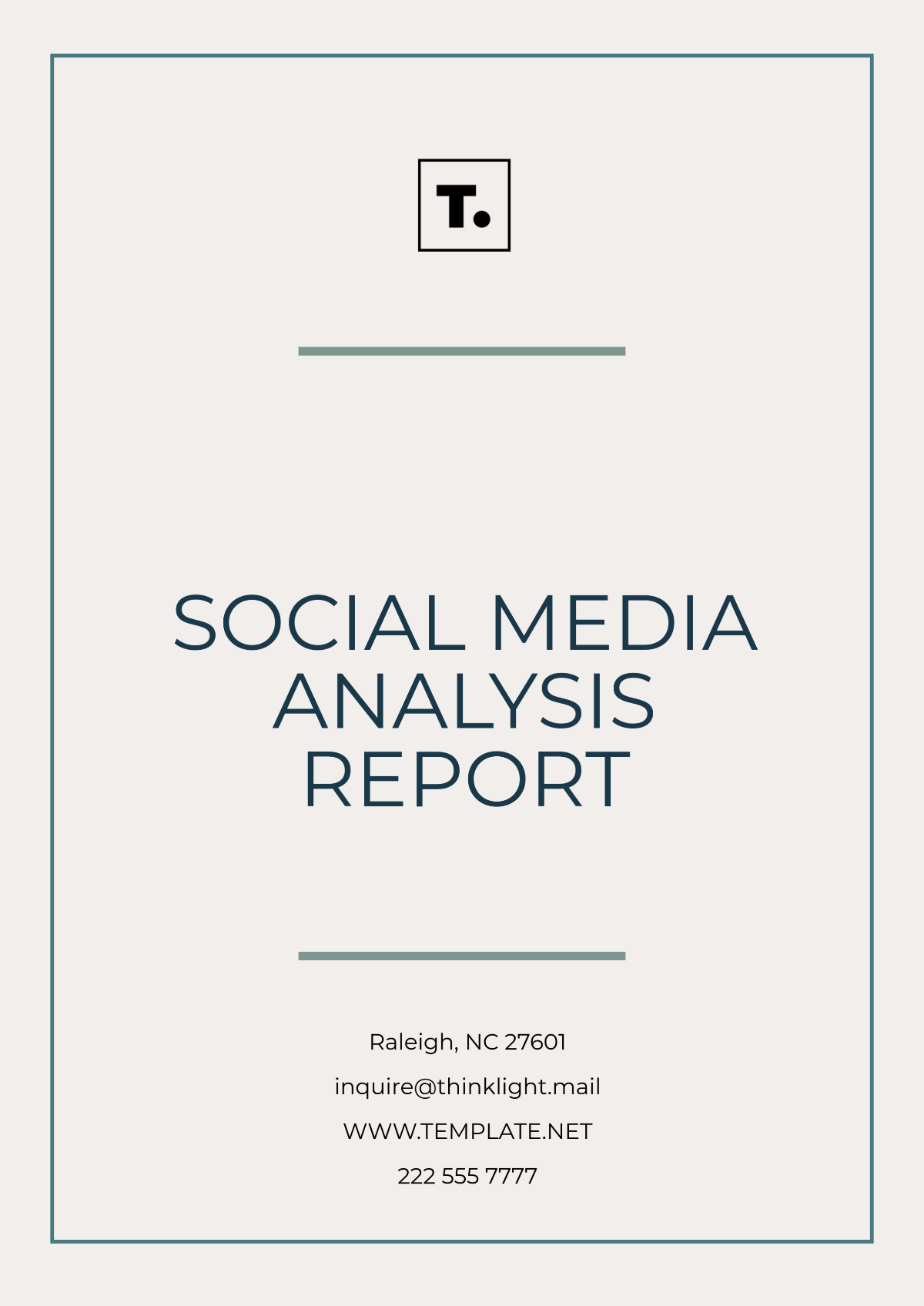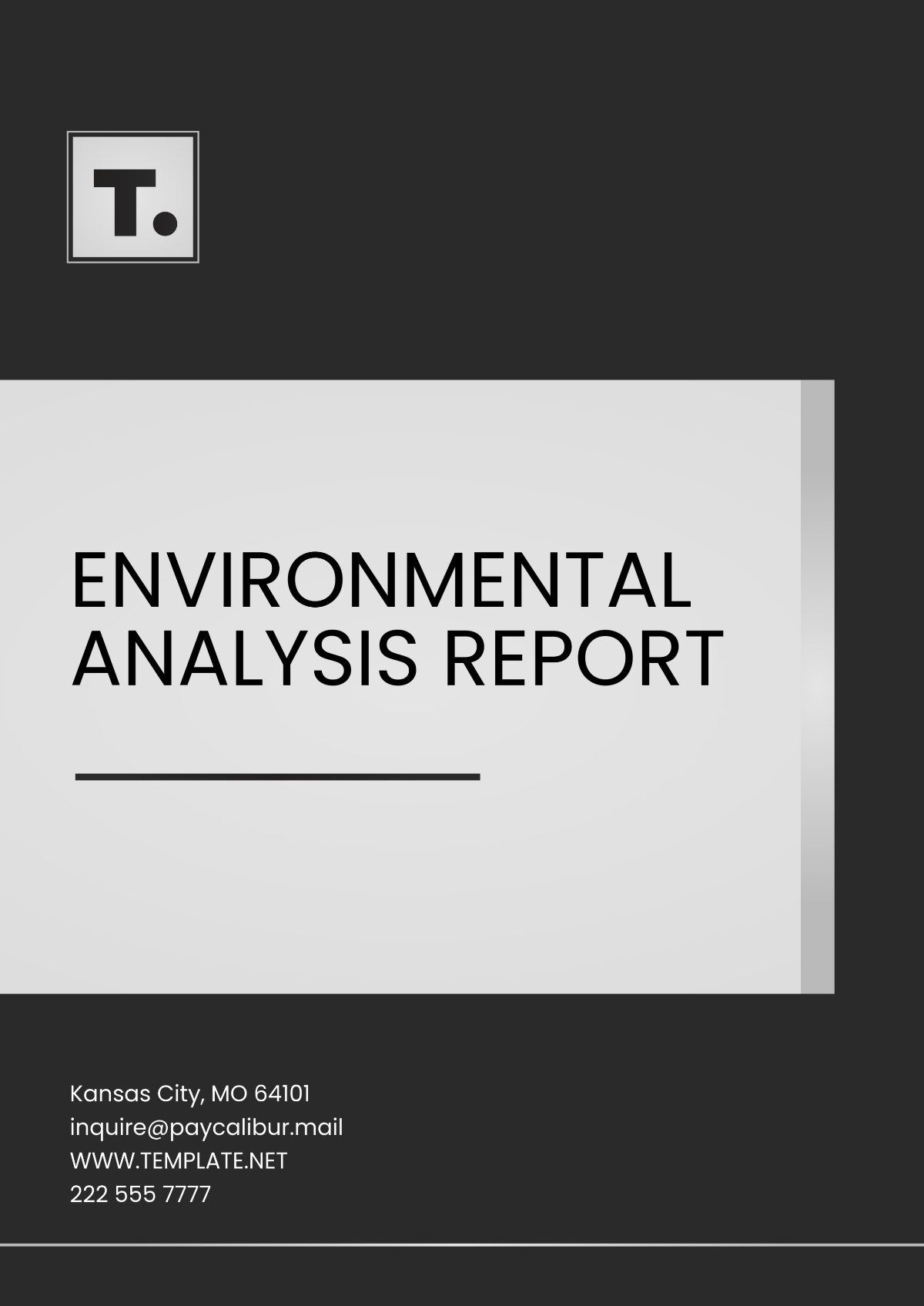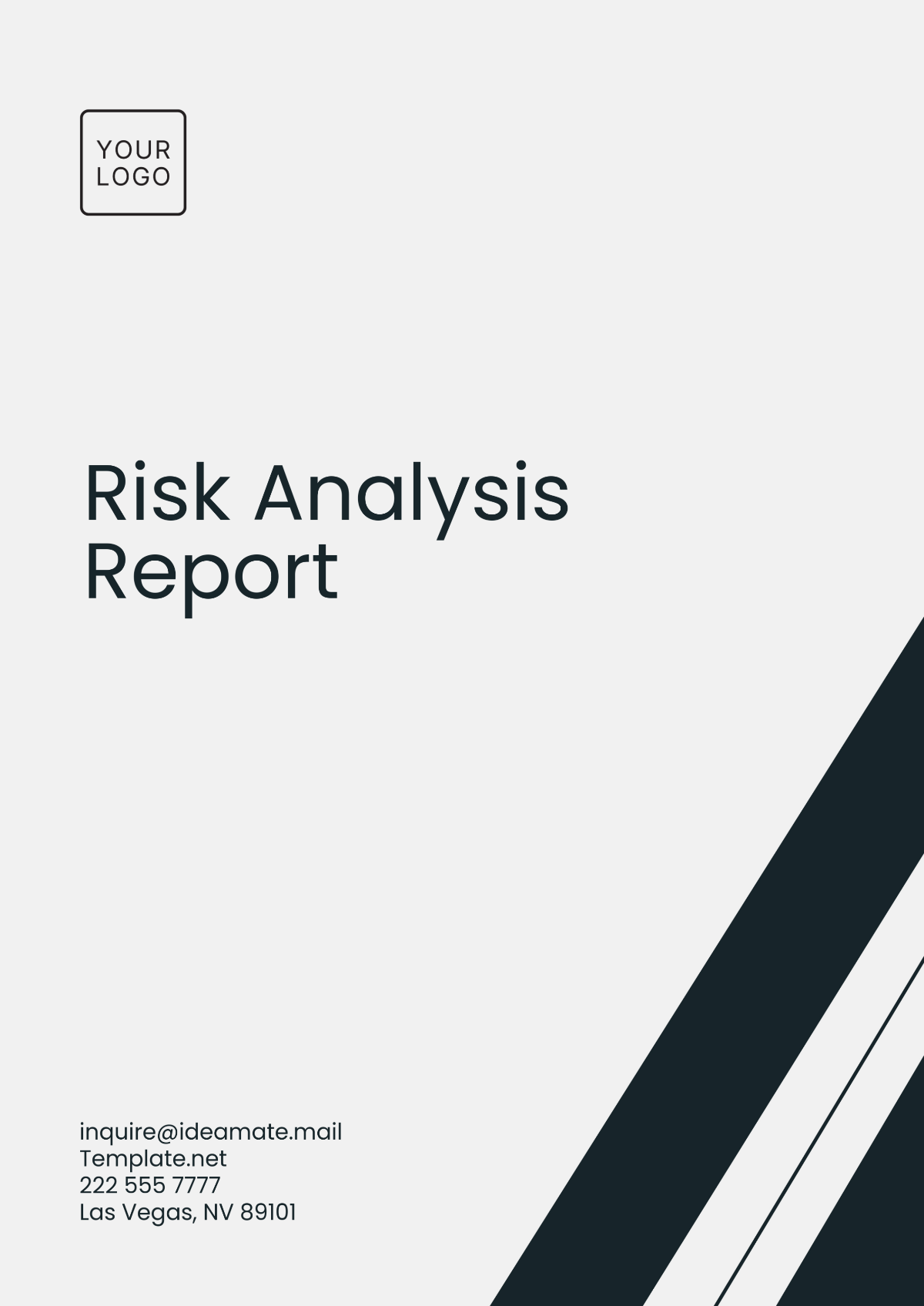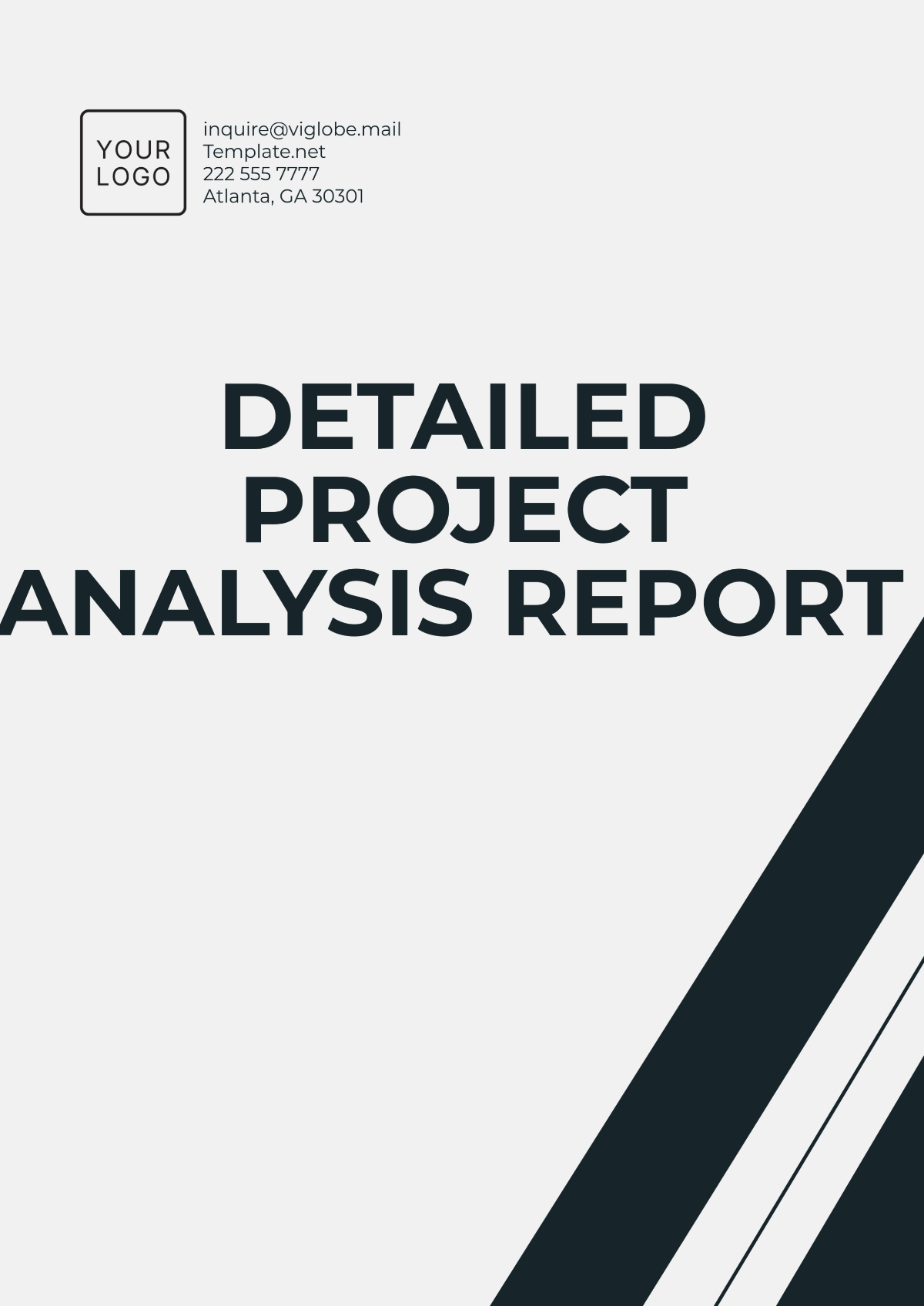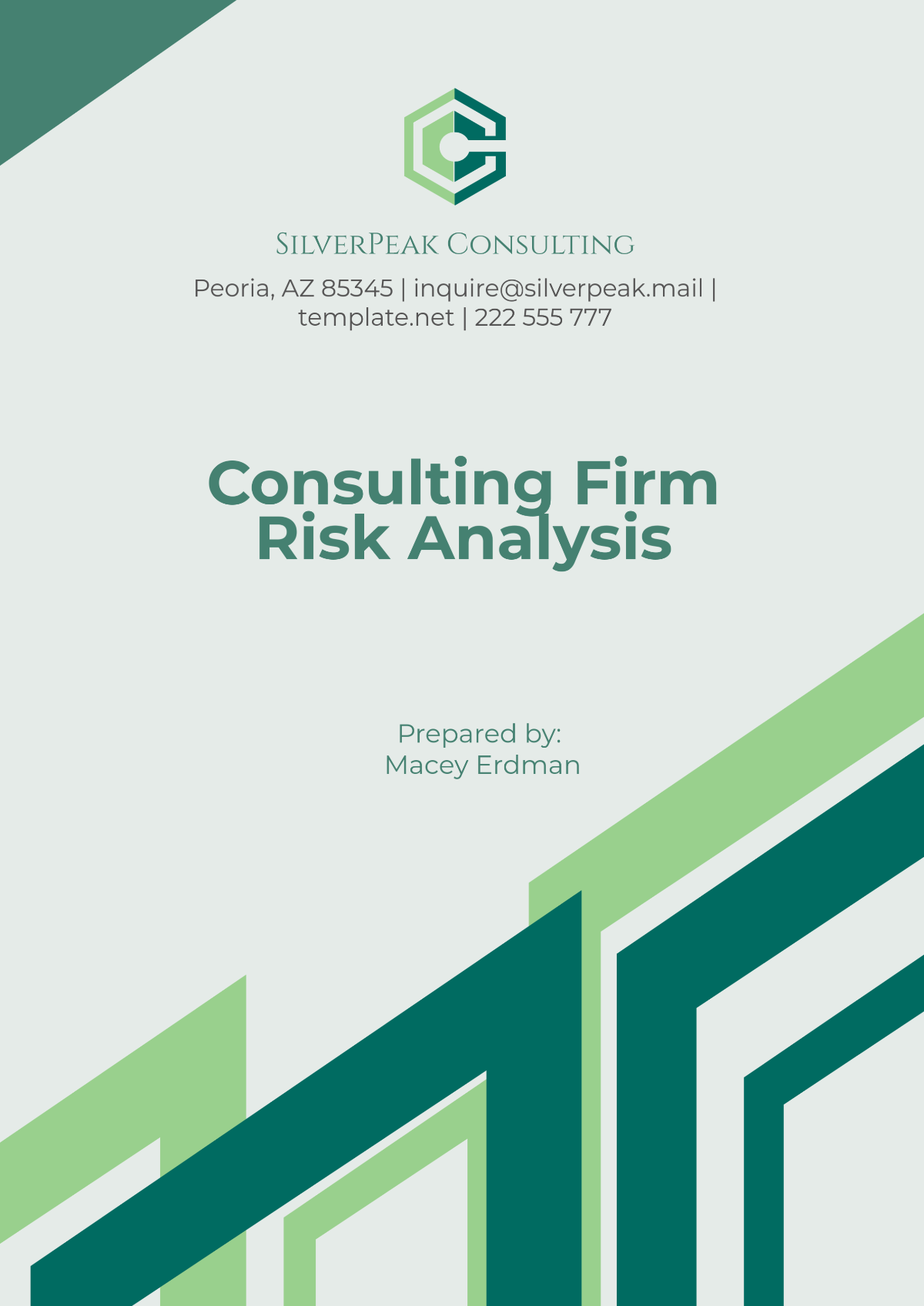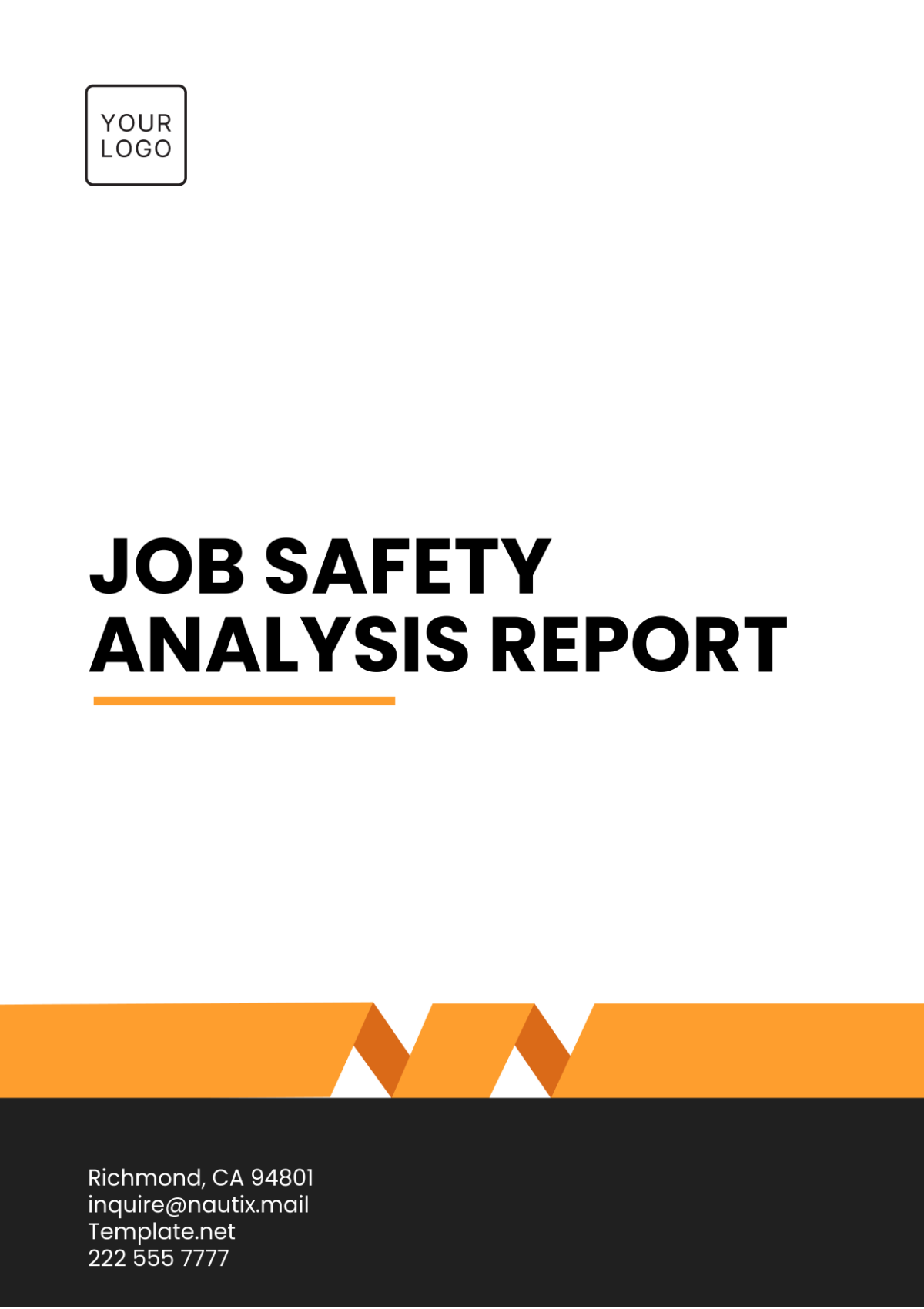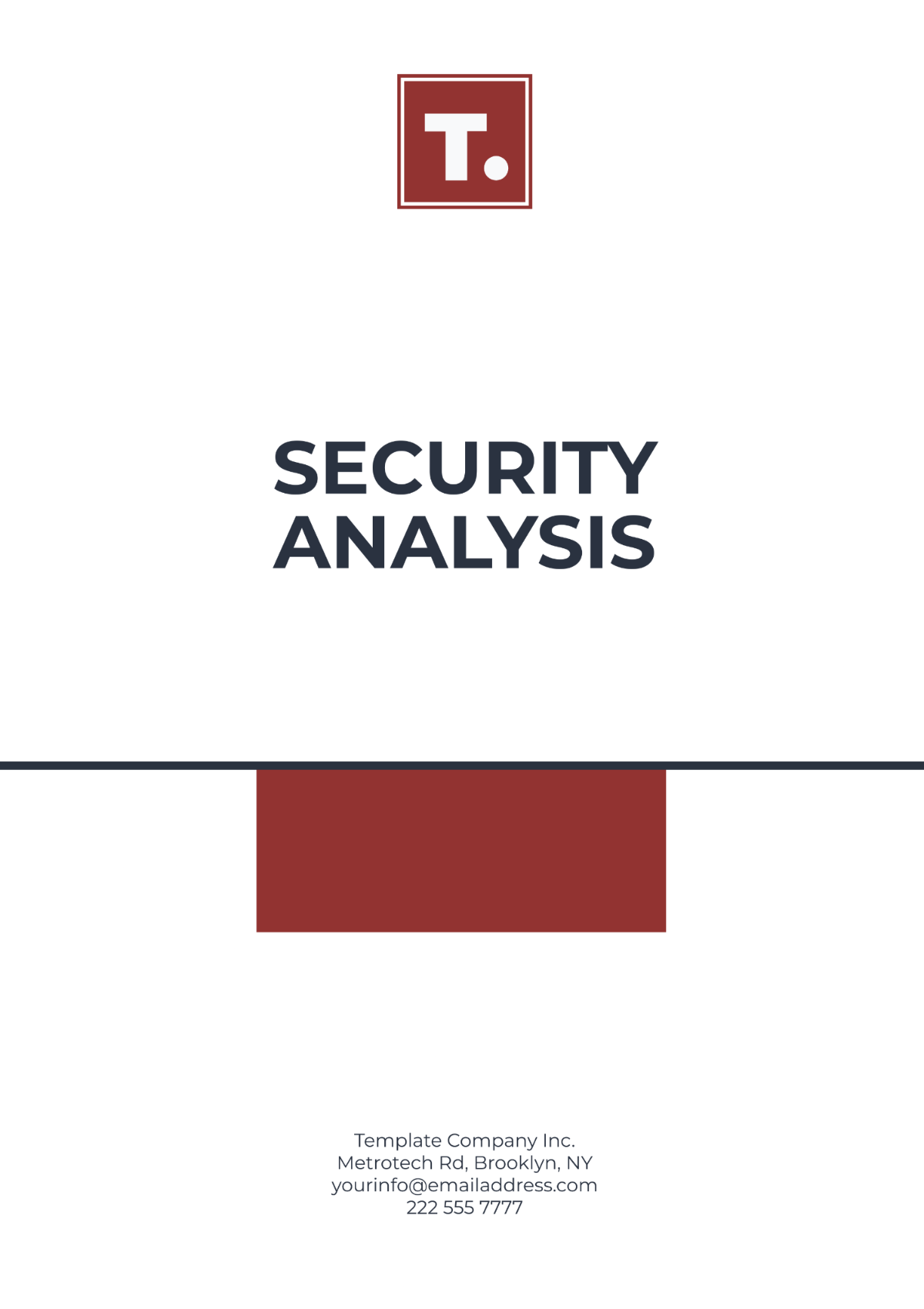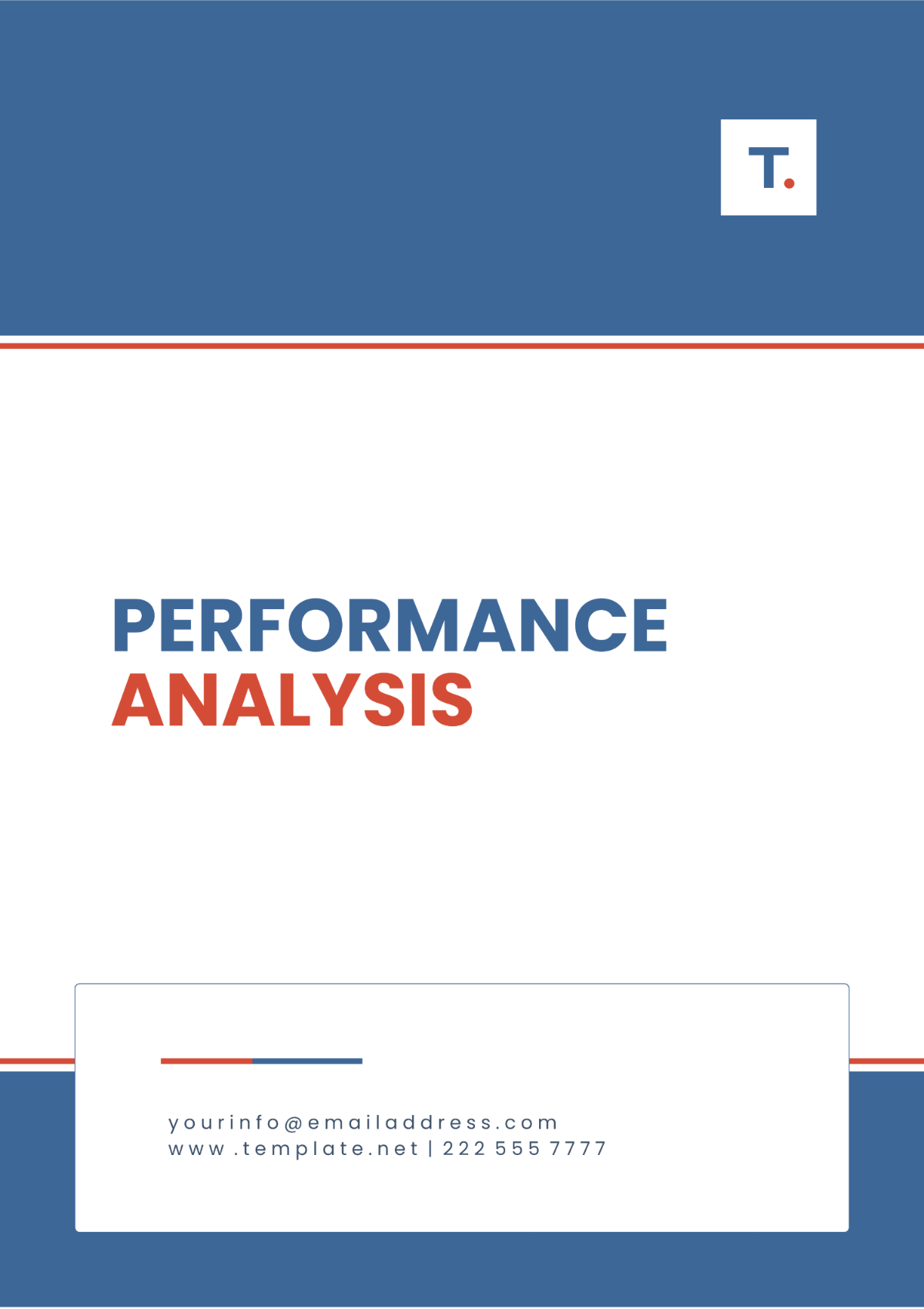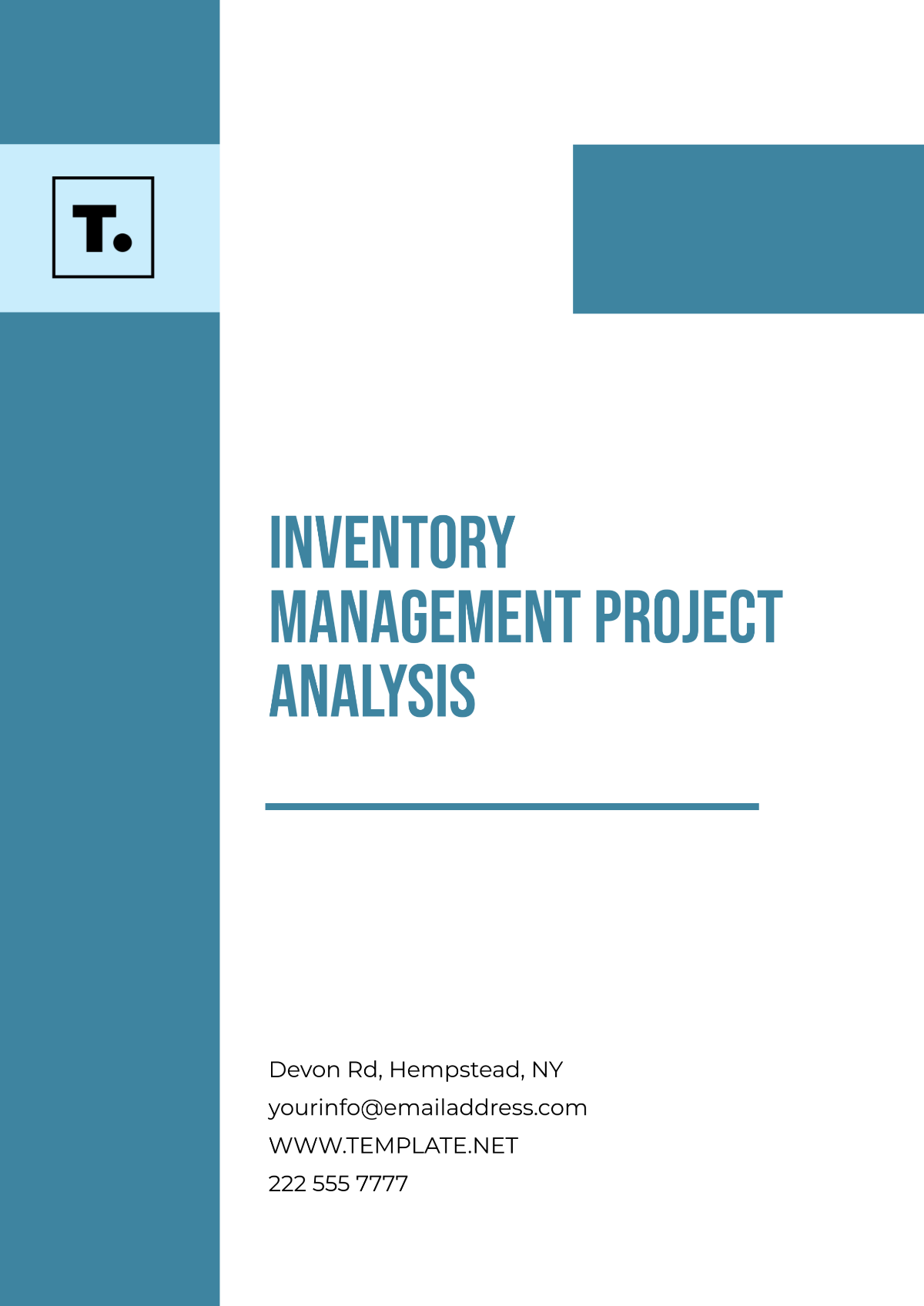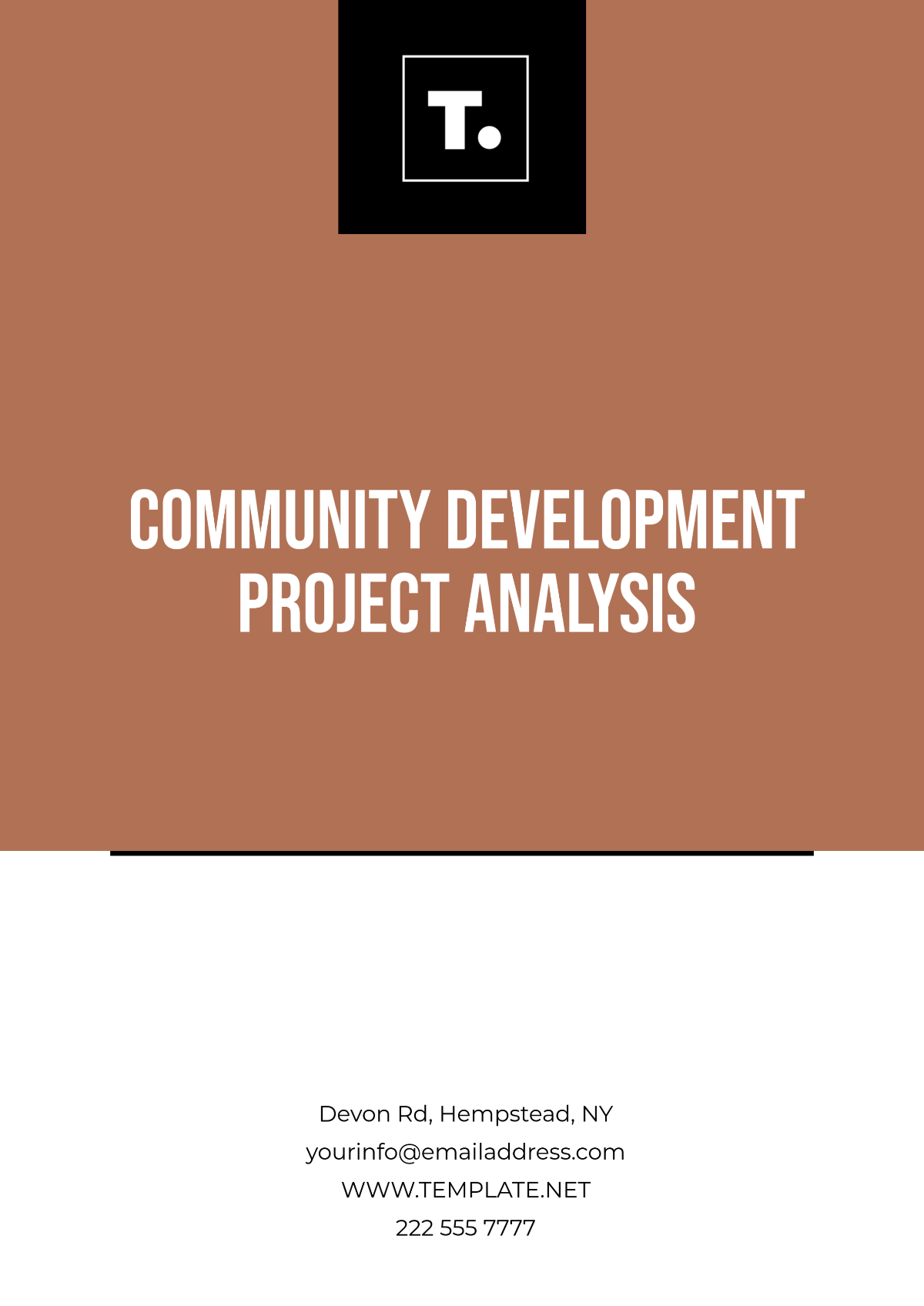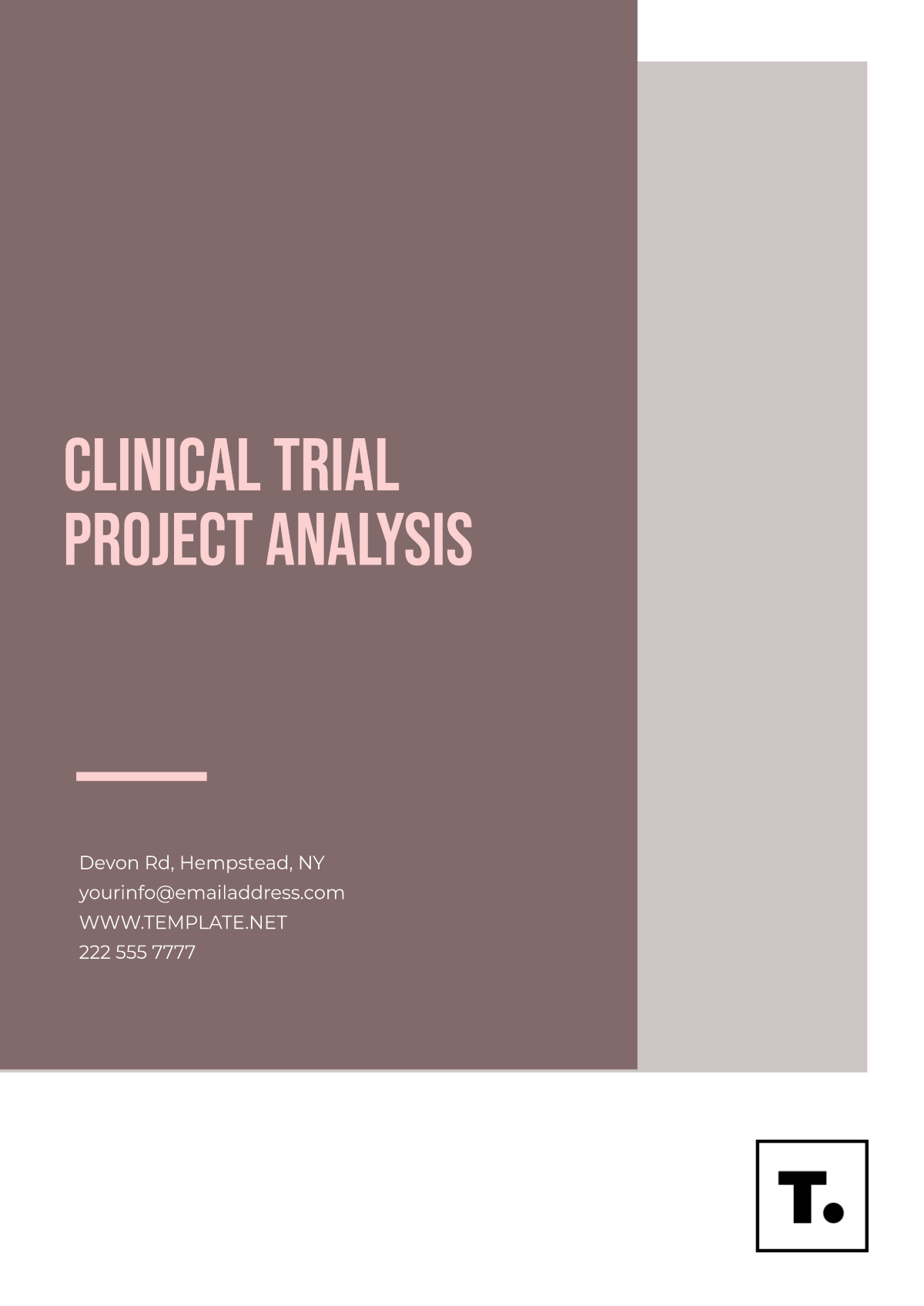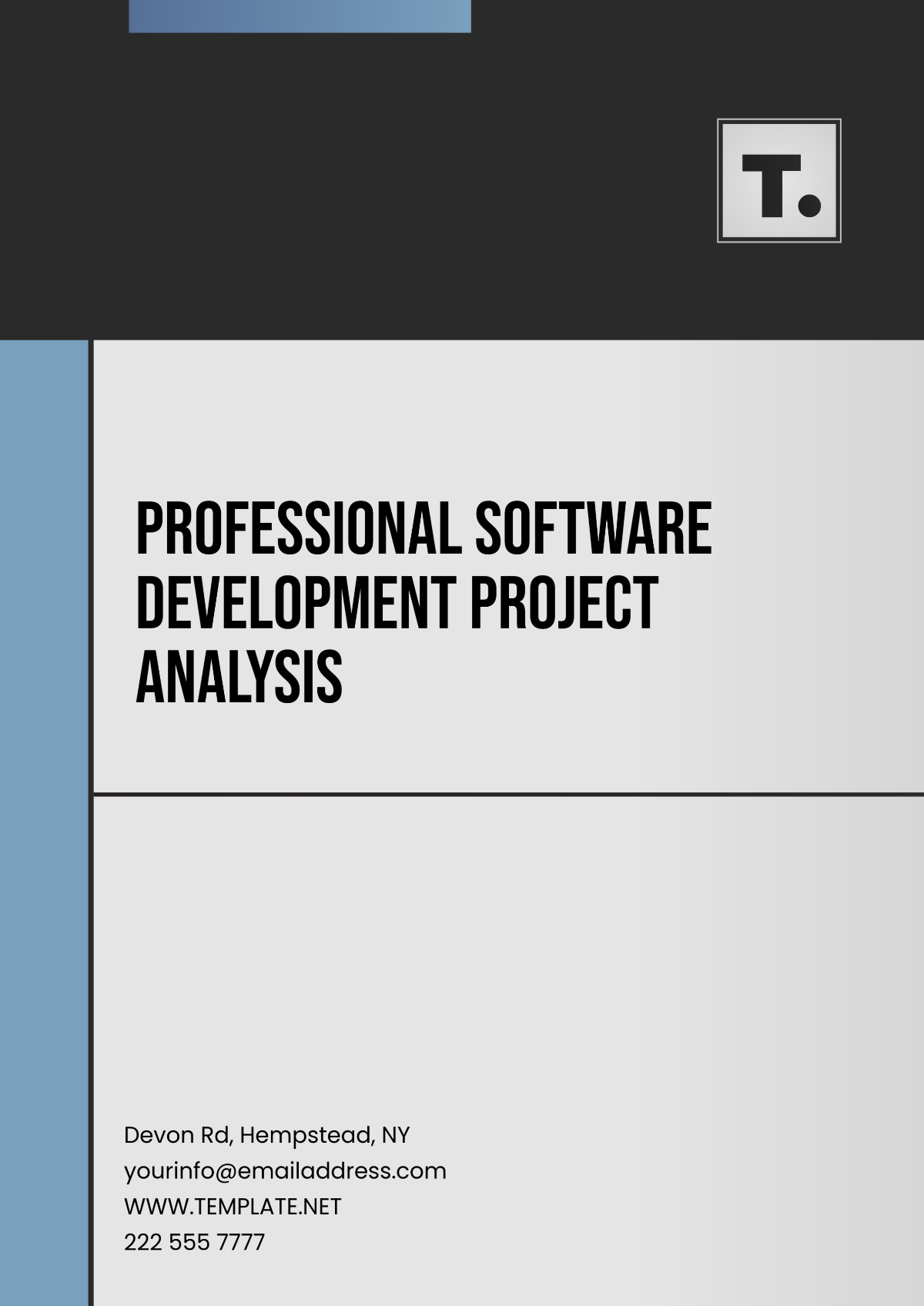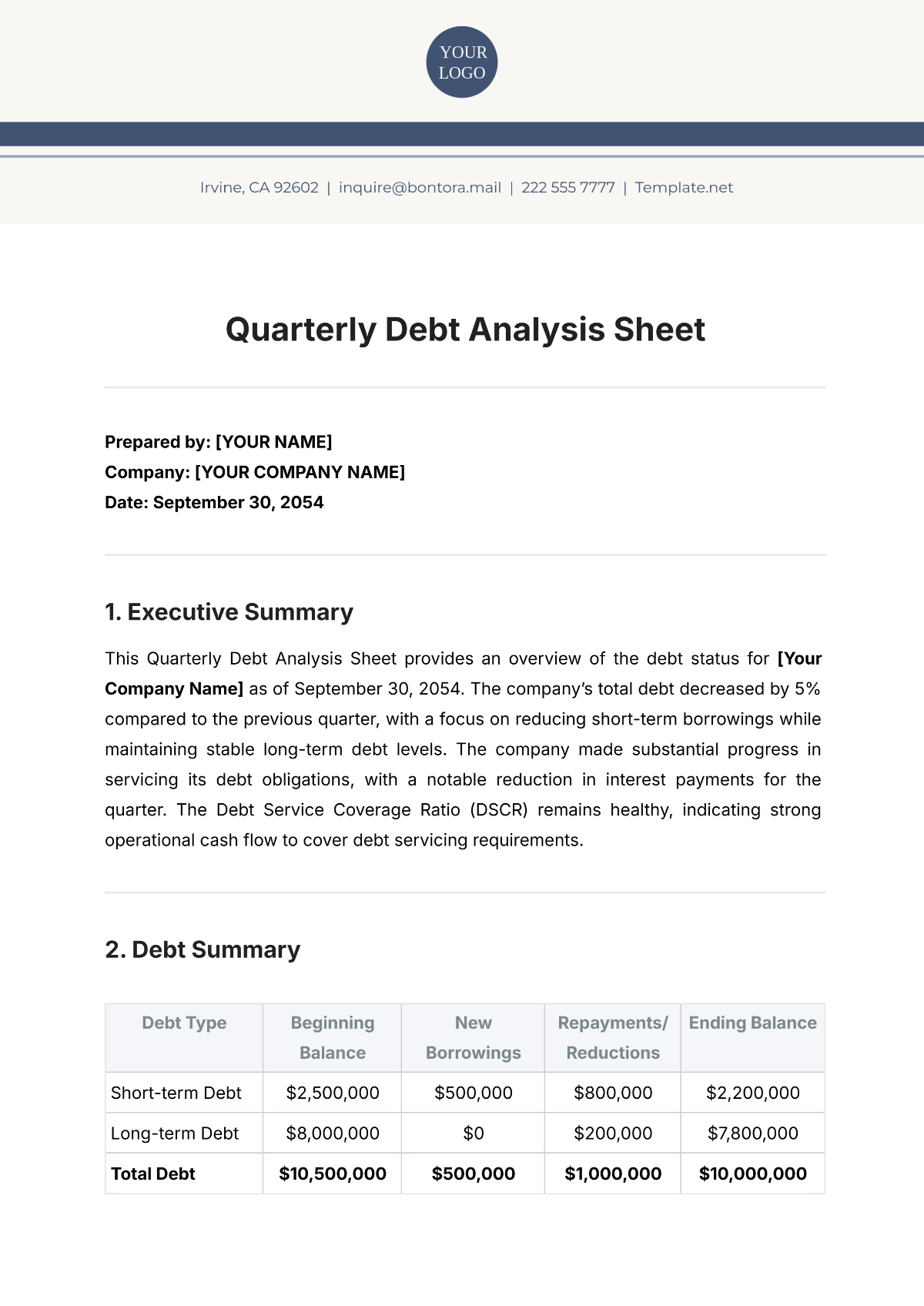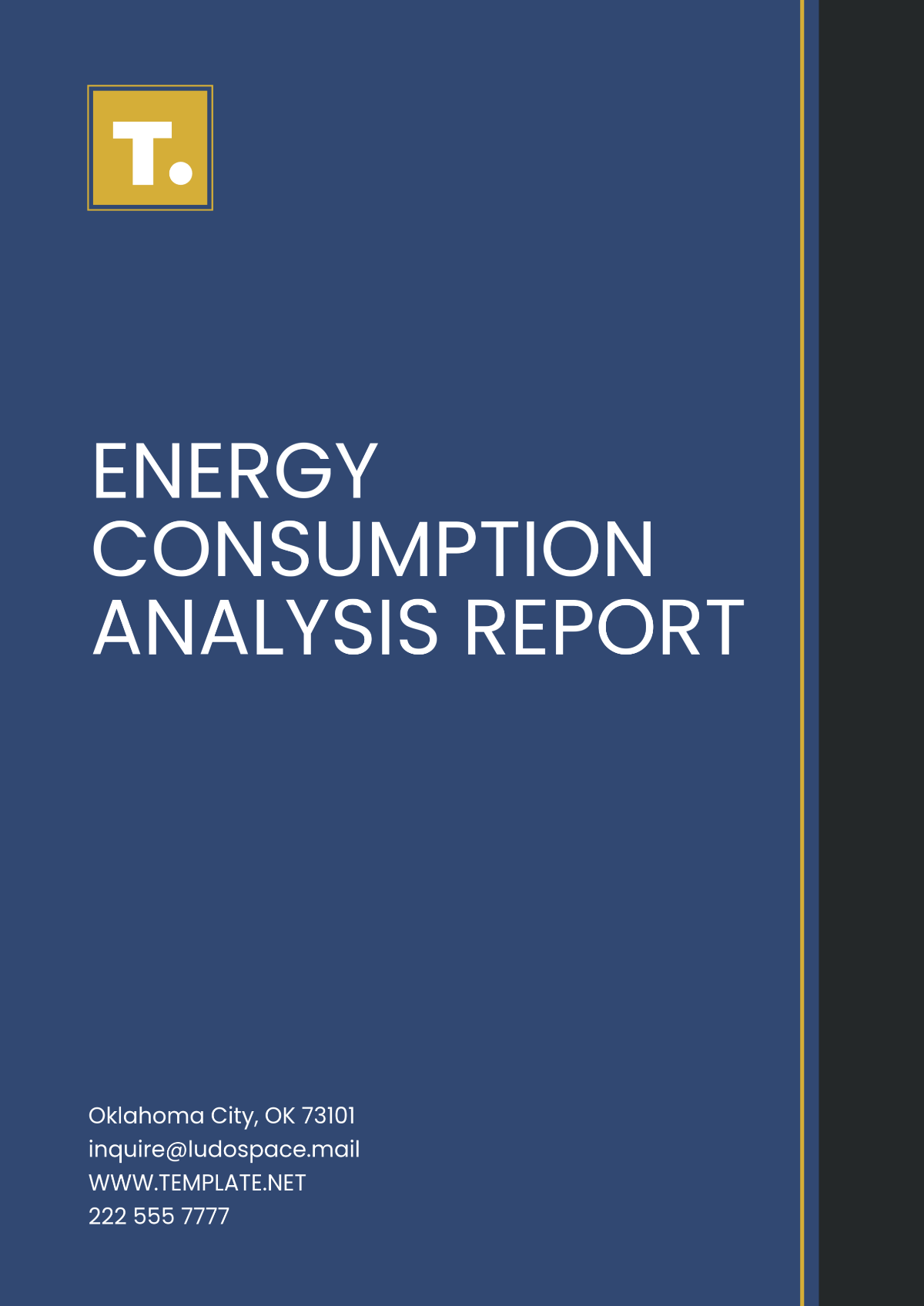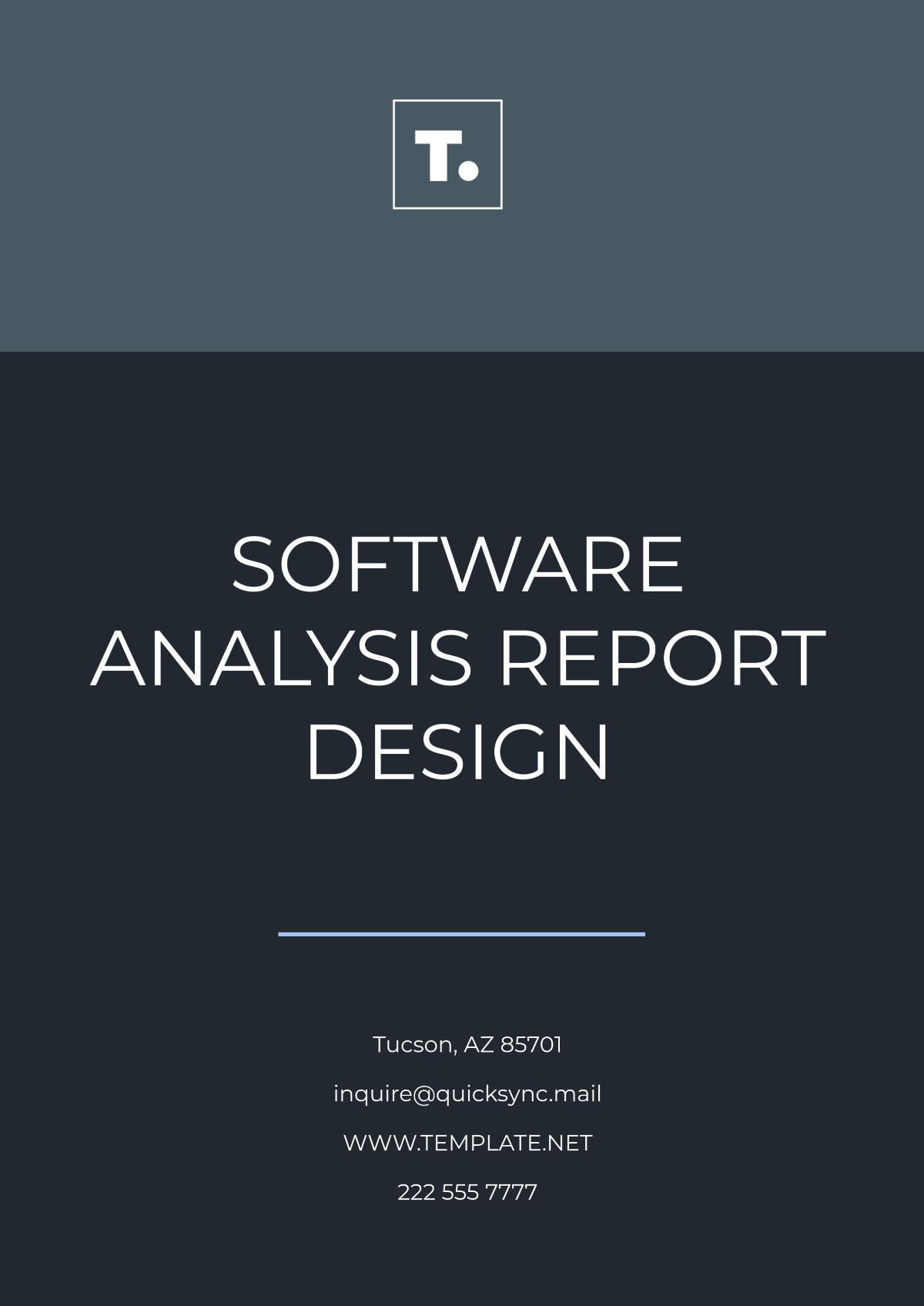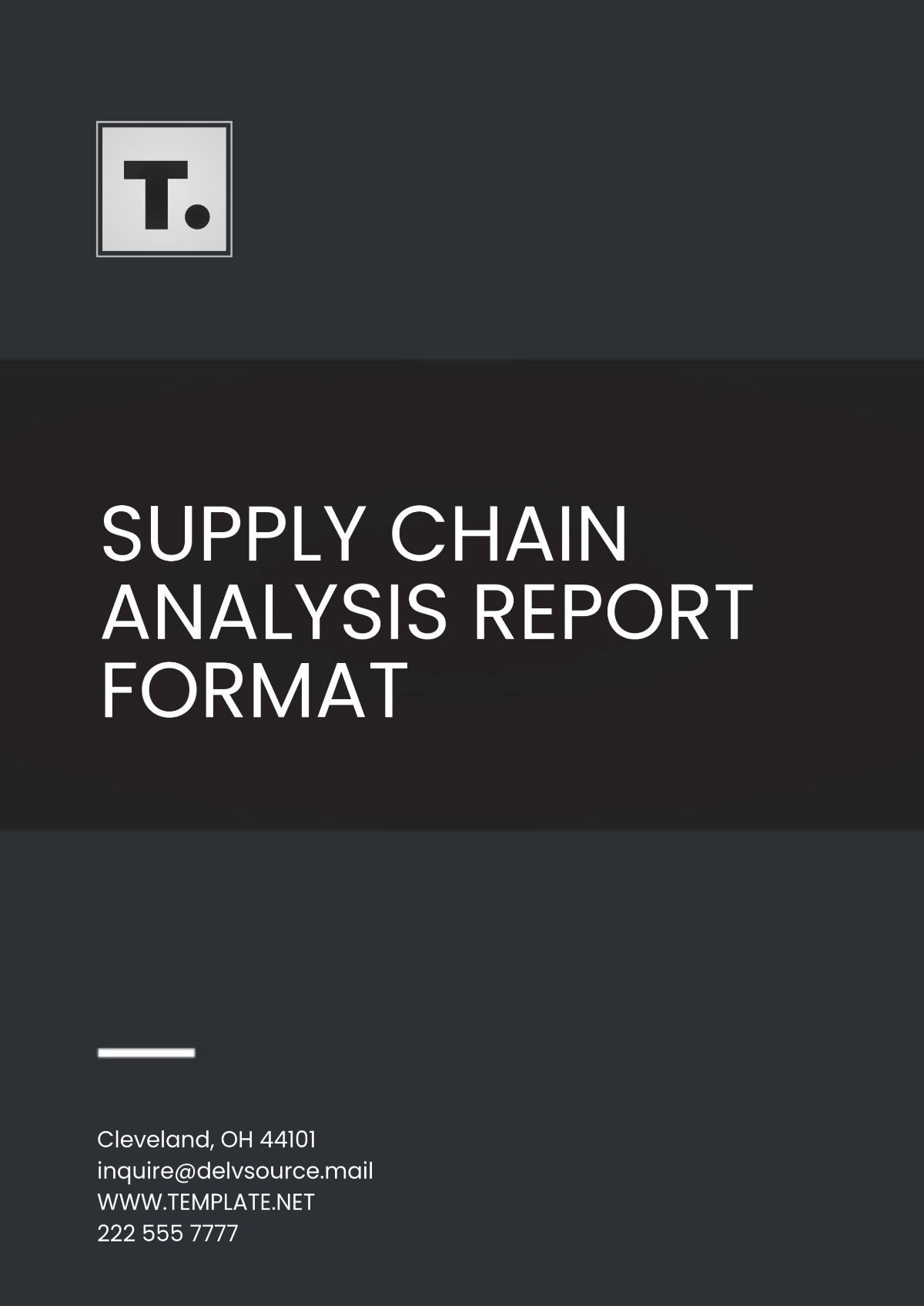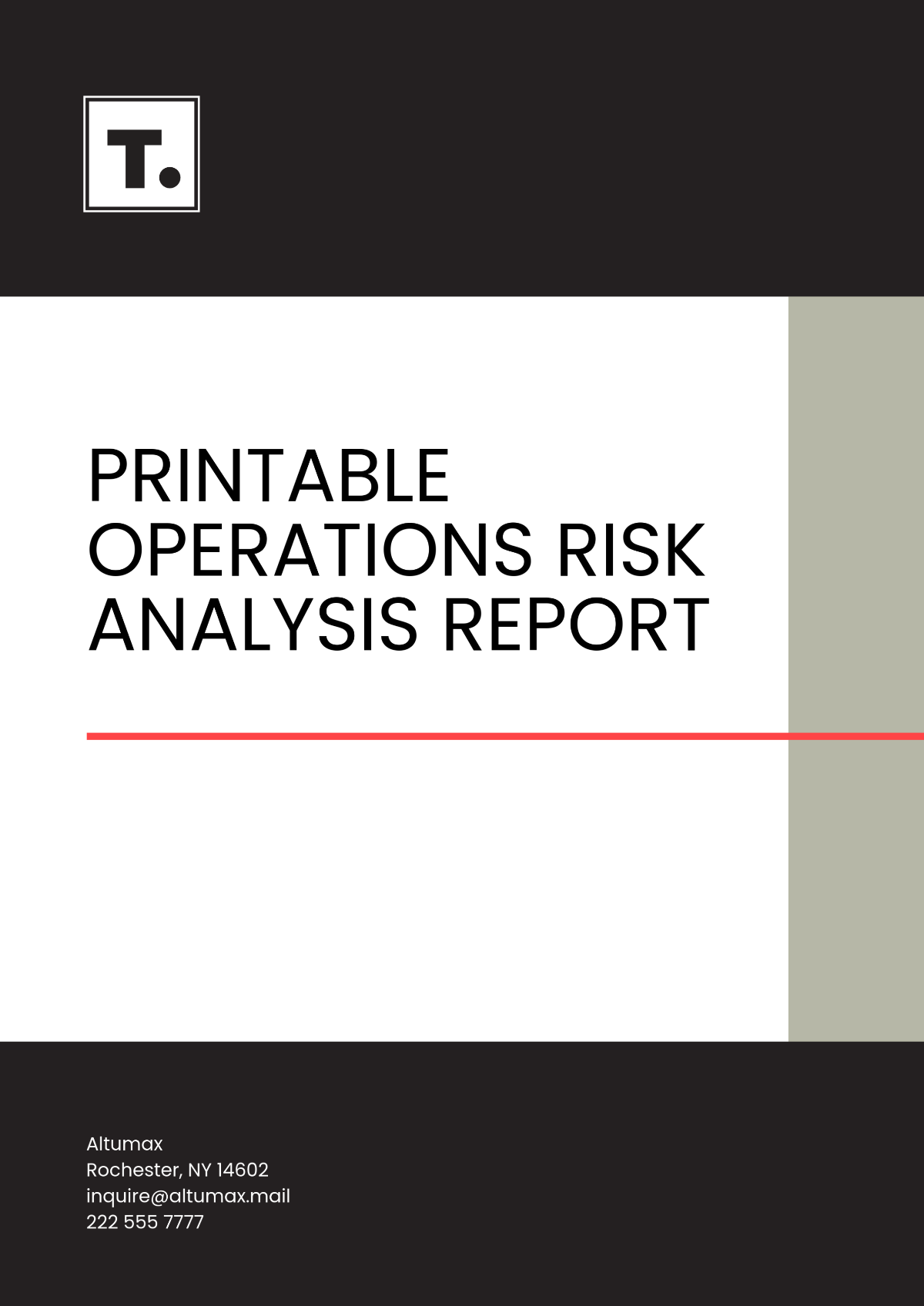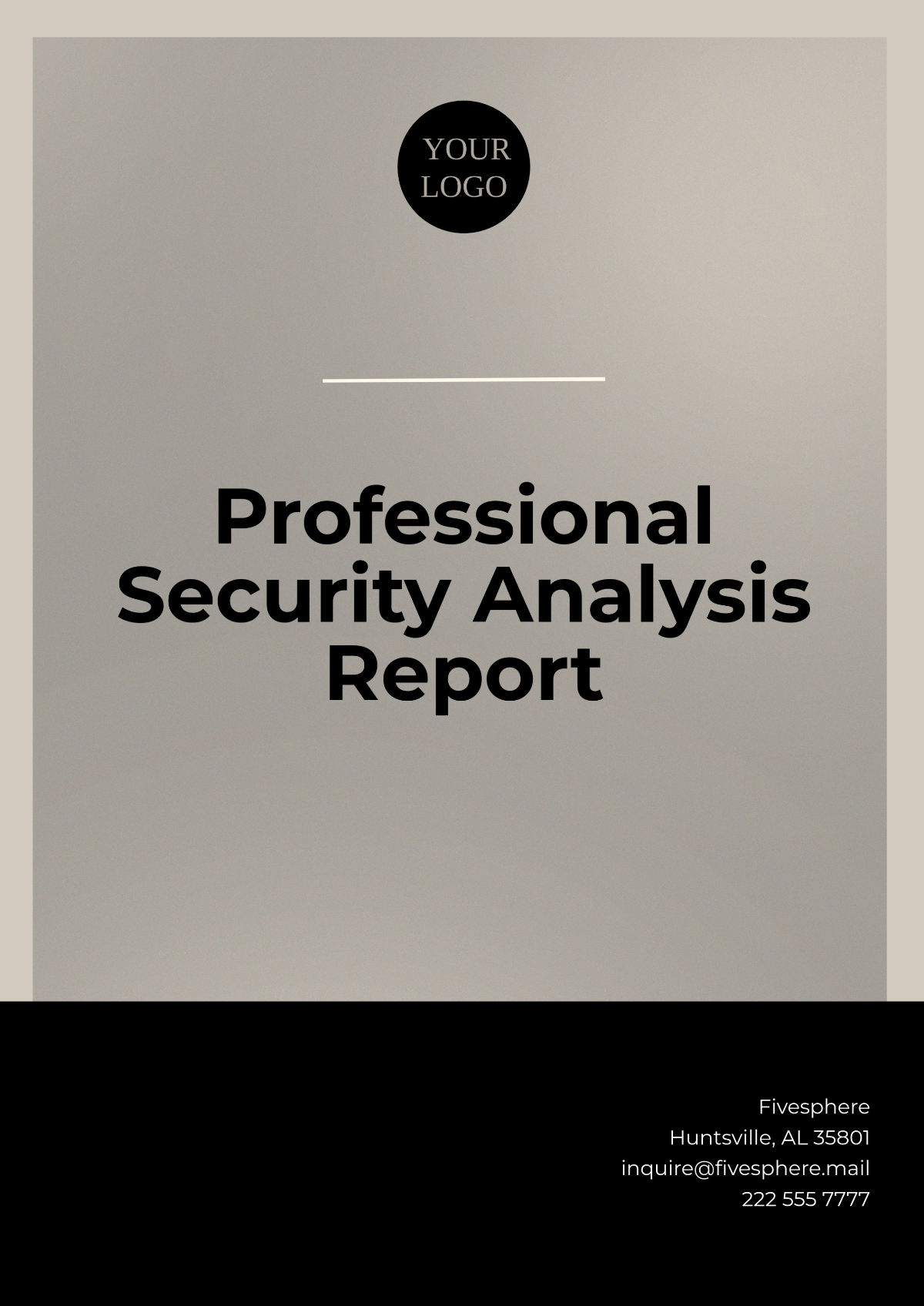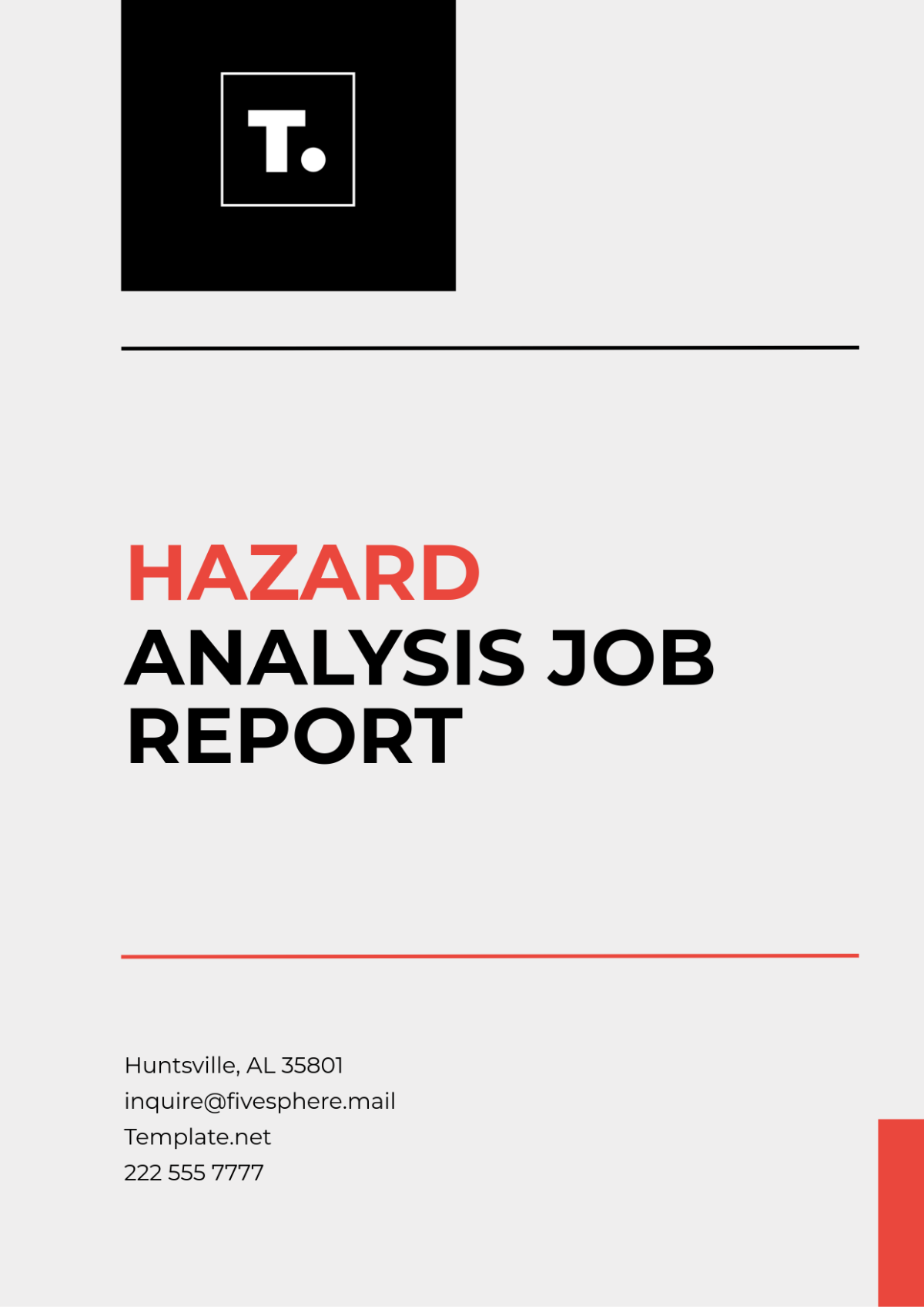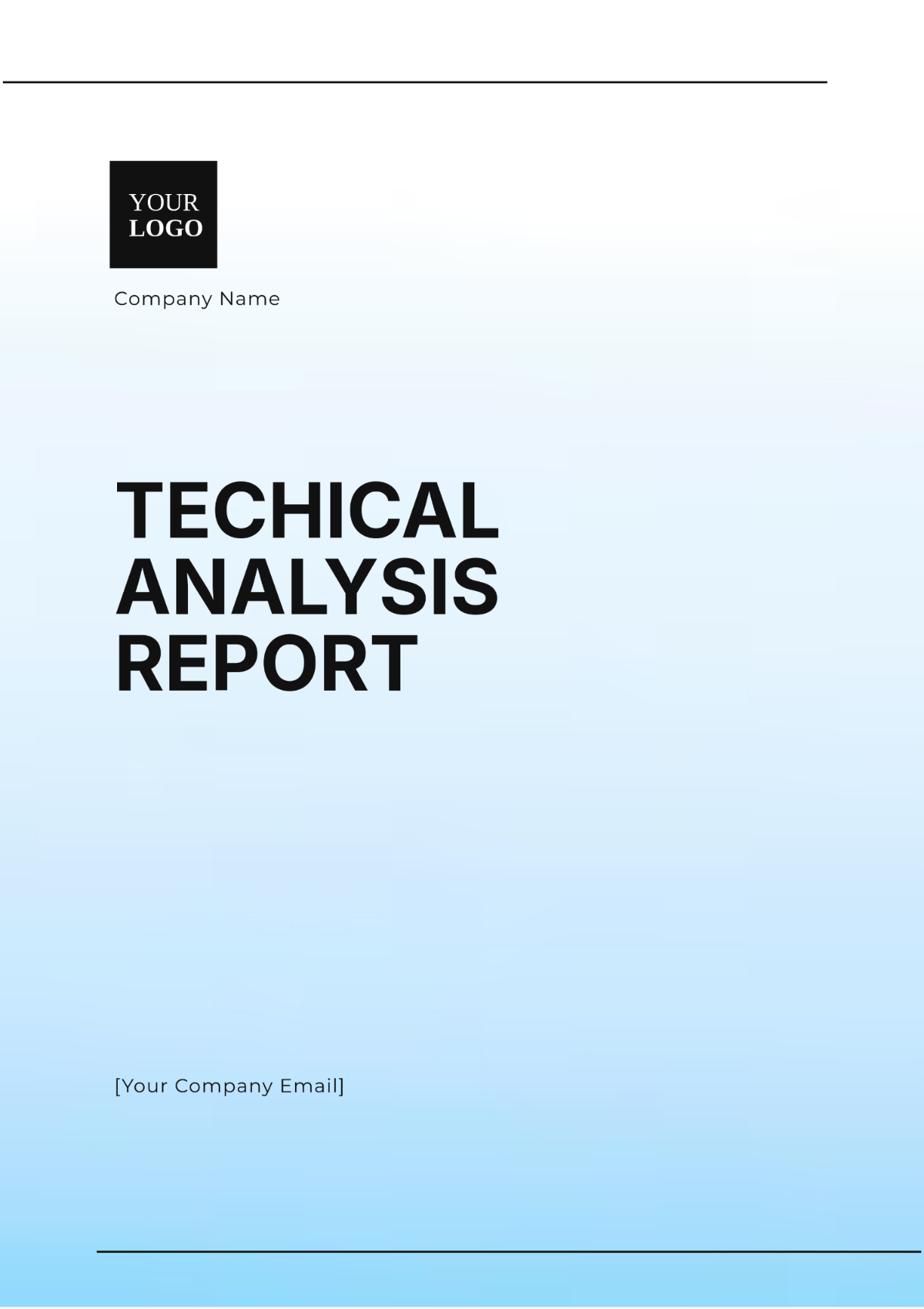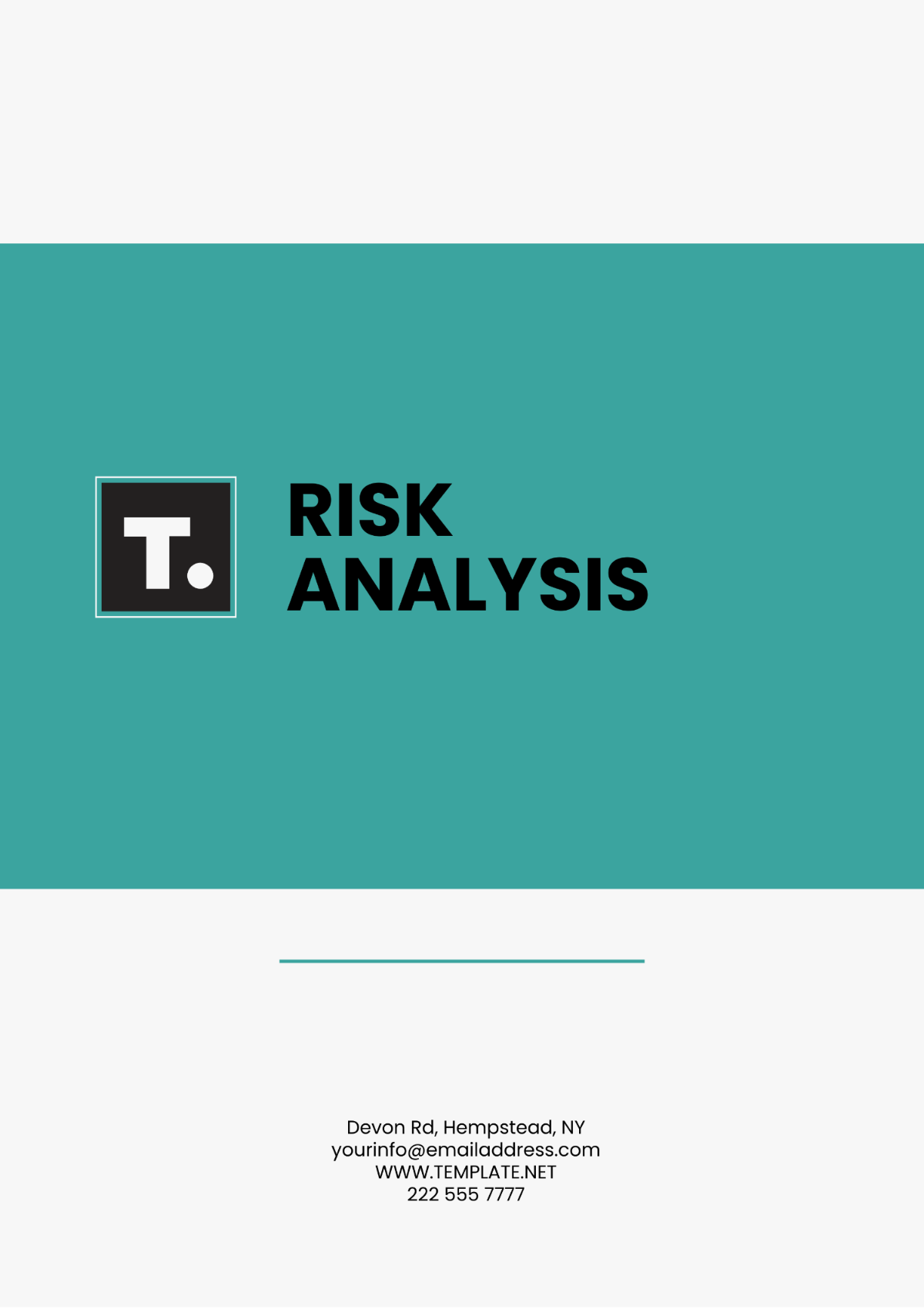System Analysis Report
Prepared by: [YOUR NAME]
1. Introduction
The purpose of this system analysis report is to assess the current state and performance of the Enterprise Resource Management System (ERMS). This report will cover various aspects, including system architecture, performance metrics, security considerations, and future recommendations.
2. System Architecture
In this section, we dive into the detailed architecture of the system. The architecture is divided into components, described below.
2.1. Hardware Components
Component | Specification |
|---|---|
CPU | Intel Core i9-11900K |
RAM | 32GB DDR4 |
Storage | 1TB NVMe SSD |
Network Interface | 10Gb Ethernet |
2.2. Software Components
The software components are divided into several layers:
Operating System: Windows Server 2059
Application Server: Apache Tomcat 9.0
Database: MySQL 8.0
Middleware: Redis 6.2.5
3. Performance Metrics
Performance metrics are critical for understanding how well the system performs under various conditions. The key performance indicators (KPIs) for this system include:
3.1. CPU Utilization
Time Period | Average Utilization | Peak Utilization |
|---|---|---|
Q1 2063 | 45% | 78% |
Q2 2063 | 50% | 85% |
3.2. Memory Usage
Time Period | Average Usage | Peak Usage |
|---|---|---|
Q1 2063 | 14GB | 28GB |
Q2 2063 | 16GB | 30GB |
3.3. Network Throughput
Time Period | Average Throughput | Peak Throughput |
|---|---|---|
Q1 2063 | 5Gbps | 8Gbps |
Q2 2063 | 6Gbps | 9Gbps |
4. Security Considerations
Ensuring the security of the system is paramount. This section covers the key security measures implemented to protect the system.
4.1. Access Control
Role-Based Access Control (RBAC) is implemented to manage user permissions.
Multi-factor Authentication (MFA) is enforced for all administrative access.
Regular audits are conducted to ensure compliance with security policies.
4.2. Data Encryption
Data at rest is encrypted using AES-256 encryption.
Data in transit is protected using TLS 1.2/1.3 protocols.
4.3. Incident Response
An incident response plan is in place, detailing steps to handle security breaches.
Regular drills are conducted to ensure readiness.
Incident logs are maintained for forensic analysis.
5. Future Recommendations
Based on the current analysis, several recommendations are proposed to enhance the system's performance and security.
5.1. Hardware Upgrades
Consider upgrading the CPU to the latest generation for better performance.
Expand memory to 64GB to handle higher workloads.
Upgrade network interface to 40Gb Ethernet for improved throughput.
5.2. Software Enhancements
Upgrade to the latest version of Apache Tomcat for enhanced security features.
Optimize database queries to reduce load and improve response times.
Implement application-level caching to reduce server load.
5.3. Security Improvements
Implement advanced threat detection and response systems.
Conduct regular penetration testing to identify vulnerabilities.
Enhance data loss prevention mechanisms to safeguard against data breaches.
6. Conclusion
The system analysis report highlights the strengths and weaknesses of the current system. By addressing the recommendations outlined above, the system's performance, security, and scalability can be significantly improved, ensuring it meets the growing demands and challenges of the future.
